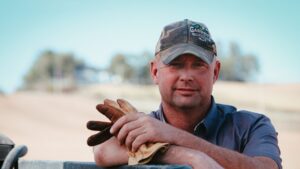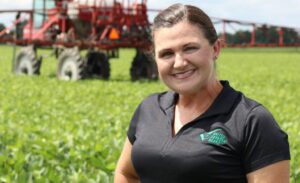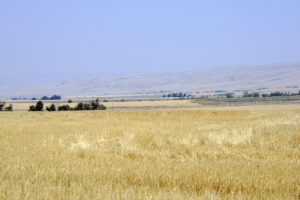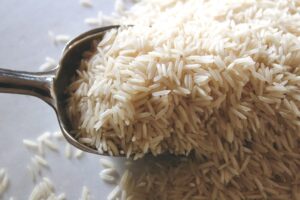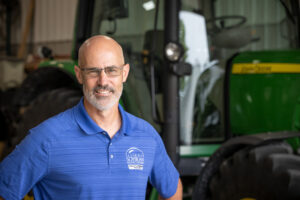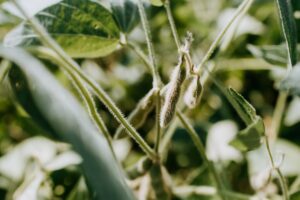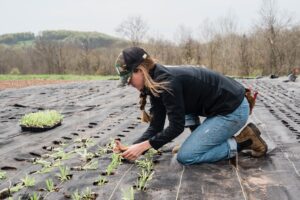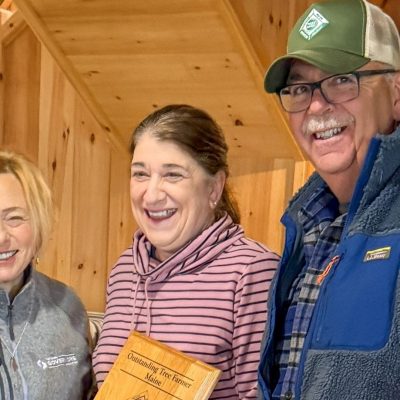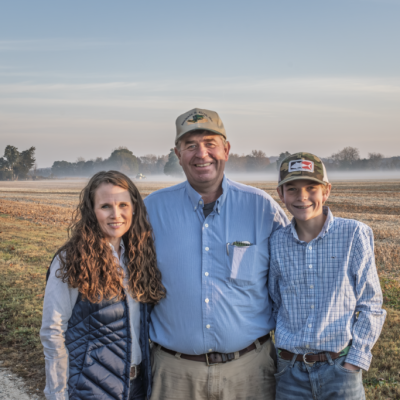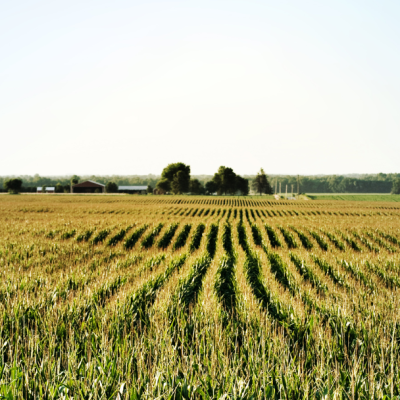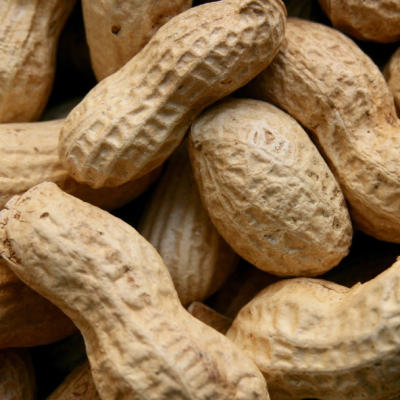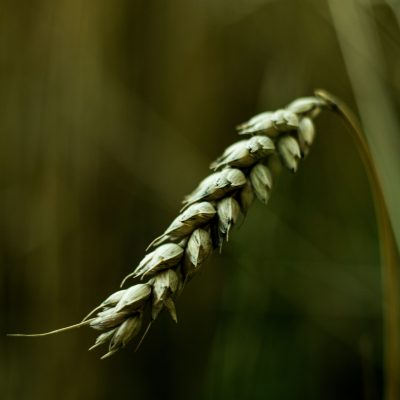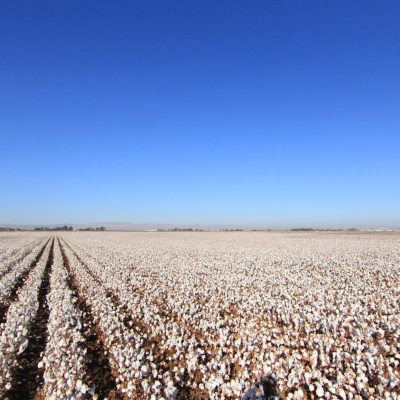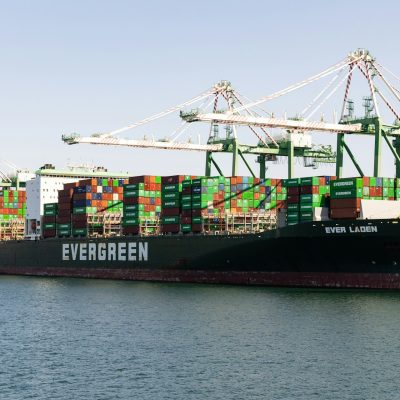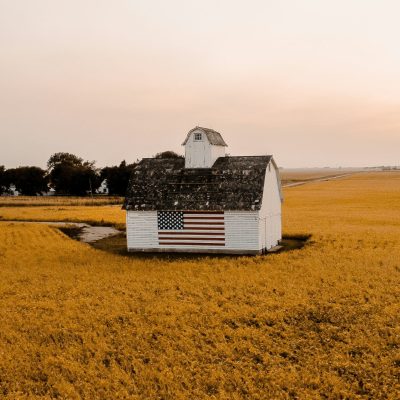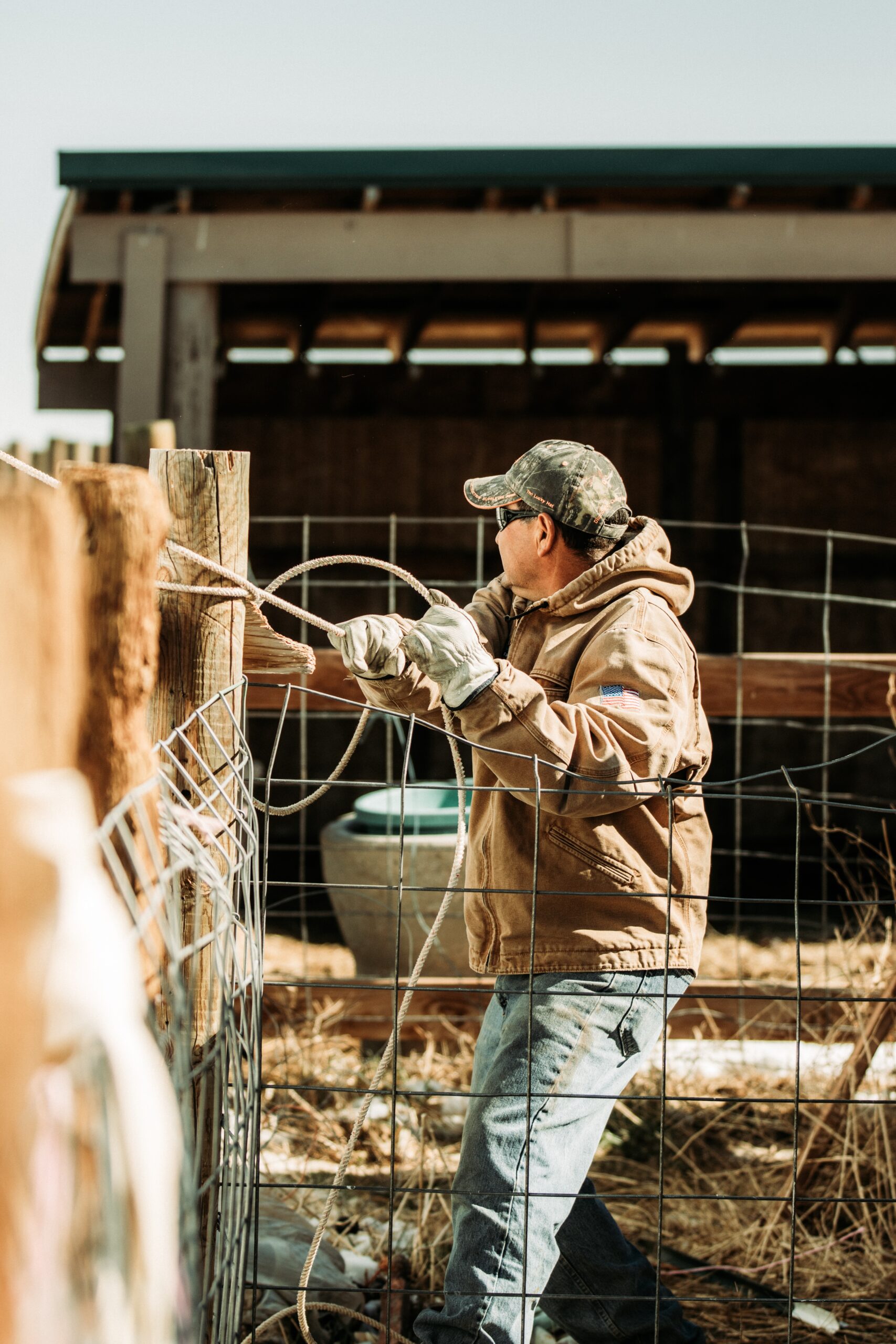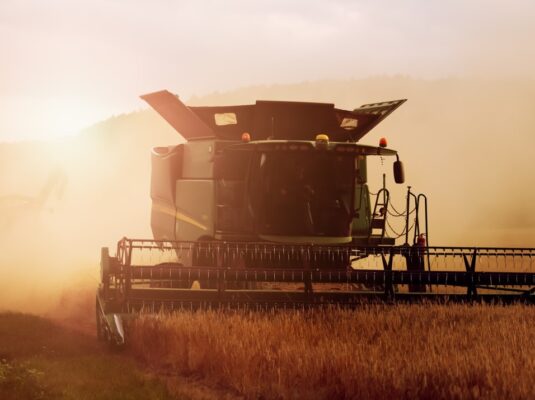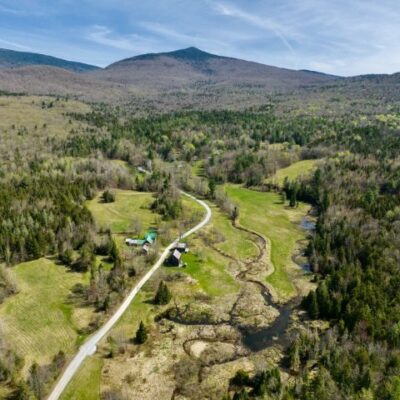
Iowa Farmer Kelly Garrett Is Named Field to Market Farmer of the Year 2022
Sixth-generation Iowa farmer Kelly Garrett is Field to Market’s Farmer of the Year 2022, recognized for outstanding conservation efforts on his farm and his leadership in advancing sustainable agriculture.
Read more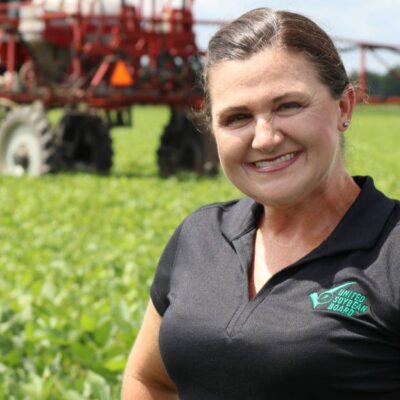
Wendy Yeager: Soybean Farmer, Front-line Conservationist, Innovator
Fourth-generation Alabama farmer Wendy Yeager grows multiple crops on her 445-hectare family farm near Orrville, from soybeans to cotton. She describes herself as a front-line conservationist for whom sustainability is a way of life.
Read more
Ambassador Bauer Pays Tribute to America’s Family Farmers, Highlights Work of USSA
At SIAL Paris, a leading international food trade show, U.S. Sustainability Alliance and its members shone a light on the sustainability of American food products, with an endorsement from the […]
Read more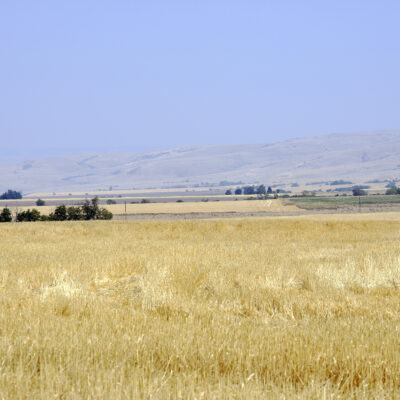
Making a Living from the Land Means Treating It Right, Says Tribal Farm Manager Kevin Hudson
Kevin Hudson, a Field to Market: The Alliance for Sustainable Agriculture spotlight honoree, is a Tribal Farm Manager for the Confederated Tribes of the Umatilla Indian Reservation (CTUIR) in Pendleton, Oregon. […]
Read more
U.S. Soybean Farmer Kenny Brinker’s Sustainability Practices Focus on Soil Quality and Erosion Control
Soil health is top of mind for U.S. soybean farmer Kenny Brinker.
Read more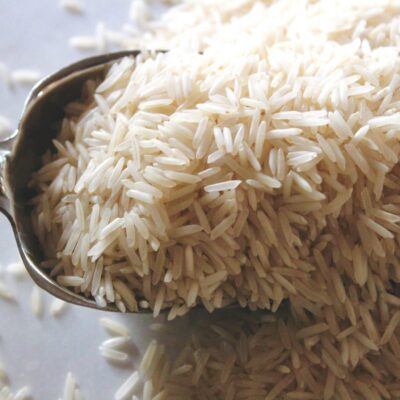
The Impact of Farm Policy and The War in Ukraine on America’s Food Supply
By Peter Bachmann, Vice President, Policy & Government Affairs, USA Rice.
Read more
Meet the Soil Health Advocate Who Hosted President Biden on His Farm
A certified Sustainability Specialist, Jeff uses a variety of conservation practices to boost his already-fertile land, the result of a glacial outwash event.
Read more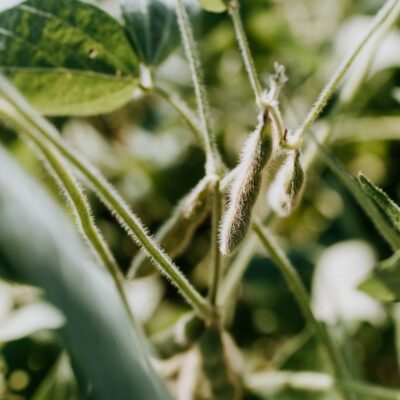
Four Decades of Sustainable U.S. Soy Documented in New Report
U.S. farmers are producing 130% more soy today on roughly the same amount of land they have been using for decades, with further improvements targeted by 2025.
Read more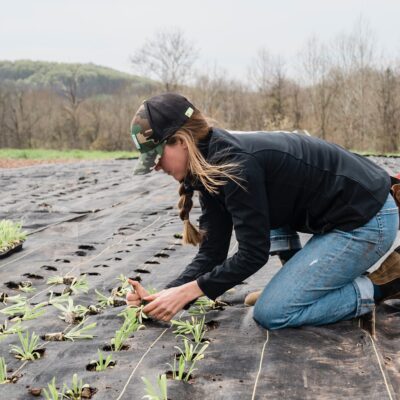
U.S. Farmer Spotlight: Meet Some of America’s Many Exceptional Women Farmers and Producers
Women play a vital role in American agriculture. More than half (51%) of all farming operations in the United States have at least one female operator, according to the 2019 Agricultural Resource Management Survey.
Read more
U.S. Dry Bean Council
The U.S. Dry Bean Council (USDBC) is comprised of leaders in the bean industry with the common goal of promoting the U.S. edible bean trade, both in the United States and abroad, and educating U.S. consumers about the benefits of beans. The USDBC gives a voice to the bean industry and provides information to consumers, health professionals, buyers, suppliers and the media about the good taste, nutritional value and versatility of beans. As part of USDBC’s mission, the organization also collaborates with public health organizations, research centers, universities, and the entire supply chain on projects related to nutrition, food aid, sustainability and trade.
Bean farmers proudly foster the sustainability of agriculture through the production of beans. The nitrogen-fixing properties of beans improve soil fertility, which improves and extends the productivity of farmland. Intercropping with pulses increases farm biodiversity and creates a more diverse landscape for animals and insects. Beans are also highly water efficient and require less water compared to other protein sources. An unexpected ally against climate change, dry bean species have broad genetic diversity from which climate resilient varieties can be selected. By producing a smaller carbon footprint, beans indirectly reduce greenhouse gas emissions.
Read more



